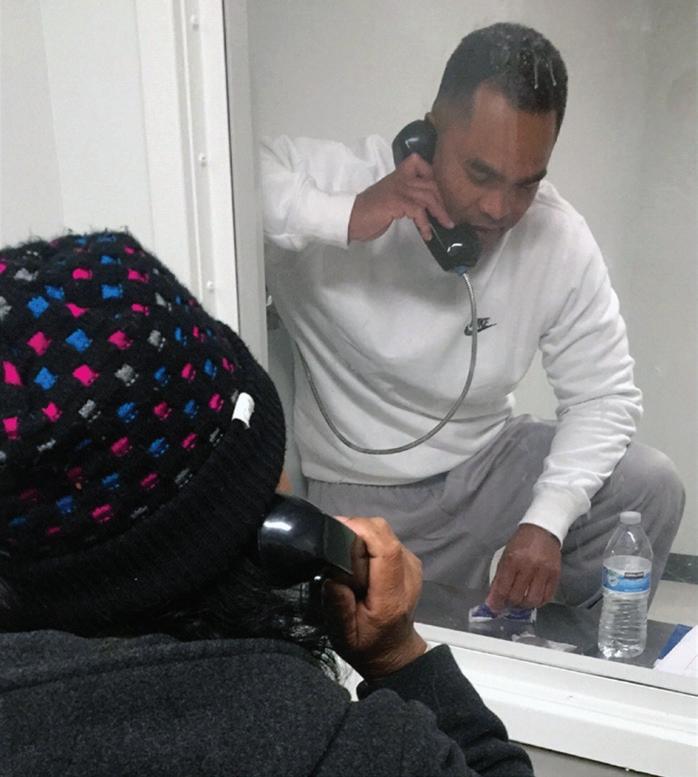
10 minute read
Deportation After Rehabilitation
Deportation After Rehabilitation
They’re Fit to Reenter Society—Just Not Ours
By Joe Garcia
Tith Ton

Tith Ton earned parole almost 24 years after being sentenced to life for the murder he committed as a teenager. His family waited for him, never giving up. But upon Ton’s release from San Quentin State Prison, there were no hugs, no kisses, no tearful reunions—only a contracted private security van ready to whisk him away to Immigrations and Customs Enforcement (ICE). Now, he waits to learn whether he will be deported to Cambodia—his country of birth, but a country nonetheless foreign to him.
“He should be coming home to us,” said Ton’s brother, Sok Sang. “Isn’t that why he was granted parole?”
After Ton was found suitable for parole last July by California’s Board of Parole Hearings (BPH), Governor Newsom had the mandated 150-day period to review Ton’s case and potentially revoke his release. Two ICE agents showed up at San Quentin on day 151 to tell Ton they’d be taking him into custody.
“But first they congratulated me for earning my parole,” said Ton.
Any prisoner found suitable for parole after a life sentence faces a whirlwind of emotions during those 150 days of uncertainty —hope, anxiety, fear, stress.
Parolees with an “immigration hold” on their record face even more turmoil— the imminent threat of deportation or of aimlessly sitting in ICE detention. Their release from state custody may amount to nothing more than the trading of one set of prison bars for another.
Nate Tan, co-director of the Asian Prisoner Support Community (APSC), believes California prisons may hold as many as 11,000 people with deportation removal orders. (The number is not limited to Southeast Asians but includes people from all over the world.) Although the current emphasis on deportation has its roots in a 1996 law signed by President Clinton, the Trump administration has strengthened ICE enforcement since 2017.
Anti-deportation activists stress that deportation contradicts the state’s belief in rehabilitation as an essential component of the criminal justice system. They are pressing Governor Newsom to end California’s longstanding practice of handing paroled individuals over to ICE, especially after he vetoed a 2019 immigration bill that included such provisions.
“Families, including Ton’s family, are tired of constantly being torn apart by institutions,” said Tan.
Two advocacy groups, the APSC and the Asian Law Caucus (ALC), asked Newsom to step in on Ton’s behalf. The governor has on rare occasions issued full pardons to paroled individuals whose criminal records make them subject to deportation.
Holding banners emblazoned with “When We Fight, We Win,” they organized protest rallies at the State Capitol in Sacramento and later at the San Francisco detention center where Ton was first taken. Ton’s family and many supporters held up signs with Ton’s photo and the hashtags #KEEP TITH HOME and #ICE OUT OF CA PRISONS.
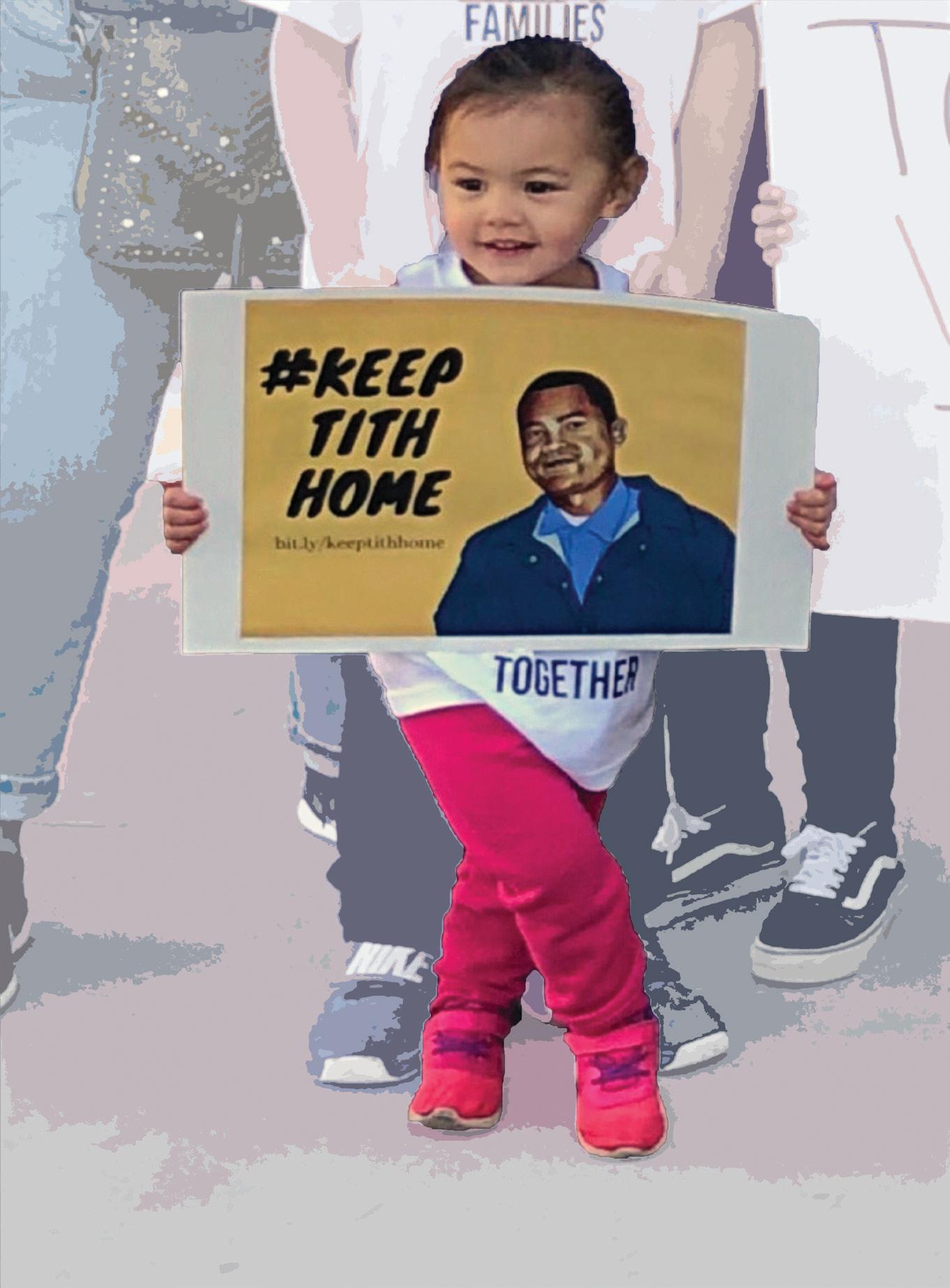
“The fight often seems hopeless. It’s important for Tith’s family to know they are not alone,” said Hien Nguyen, APSC program coordinator.
ICE agents sat with Ton while the transfer van approached. Ton later told his brother that the agents treated him graciously and empathized with his plight.
ICE quickly moved Ton to an auxiliary housing unit in Yuba County Jail, where family and friends now visit him weekly. Separated by heavy security glass only several feet apart, they speak via the jail’s visiting phone.
“I don’t really like the idea of putting my family through all this—a trial, the social campaign, the whole process,” Ton said. “But my mom told me, ‘You did all this time, and we supported you all these years. You can’t do another two years for us?’
“She’s right—I’ll fight to spend time with them here. And maybe I can make a difference for the guys I know will be in this same situation after me,” he said, naming a half-dozen friends still at San Quentin.
ICE gives detainees like Ton two options—either waive their rights to fight deportation or take their case to court. Tith’s detention in Yuba County could last well over a year, maybe even two.
“The way I see it, with all the coping skills I’ve worked on during my incarceration, I’ll get through this.”
Ton survived being born into a forced labor camp during the Khmer Rouge massacres and came to America with his family under legal refugee status. He was barely two years old when they were resettled to Chicago.
“Half my family members were wiped out working in the camps,” explained Ton. “My parents, especially my Mom, used alcohol to cover the trauma.”
Ton’s childhood memories are filled with images of the crack epidemic of the late-80s, particularly in Chicago’s inner city. “We were just happy to be in America,” he said. “It was one of this country’s worst ghettos—but to my Mom, it felt like paradise.”
The family eventually relocated to Fresno, where Ton became involved in gang activity. When he was 16, he shot and killed a rival gang associate. Following his arrest and conviction, he began his prison term at Salinas Valley State Prison when he was 18.
“It was nothing but dirt and concrete walls,” Ton recalls. “All I thought was, ‘Damn, I’ve got to spend the rest of my life in a place like this?’”
He coped by drinking and getting high every day until 10 or 12 years later. On one of his parents’ visits in 2008, Ton’s folks told him they’d stopped drinking.
“My family always took a lot of blame for me getting locked up,” said Ton. “I decided to take their cue and get sober. I could see how much they changed. Once I stopped drinking and all the other stuff, my mind became clear, and I started to change also.”
Years later, at the California Men’s Colony, Ton completed a college degree in Social Welfare, and his eyes opened to broader issues. “I realized maybe I could try and be of service to my community in here,” he said.
Ton was accepted into the Offender Mentor Certification Program (OMCP) at Solano Prison. Once he completed all the training, OMCP placed him at San Quentin to help start their substance abuse program.
“It’s incredibly hard for one prisoner to trust another,” Ton said about his OMCP mentoring and counseling experience. “When they break through, it’s very painful for them. But when that light bulb comes on, you see it. That’s why I love my job.”
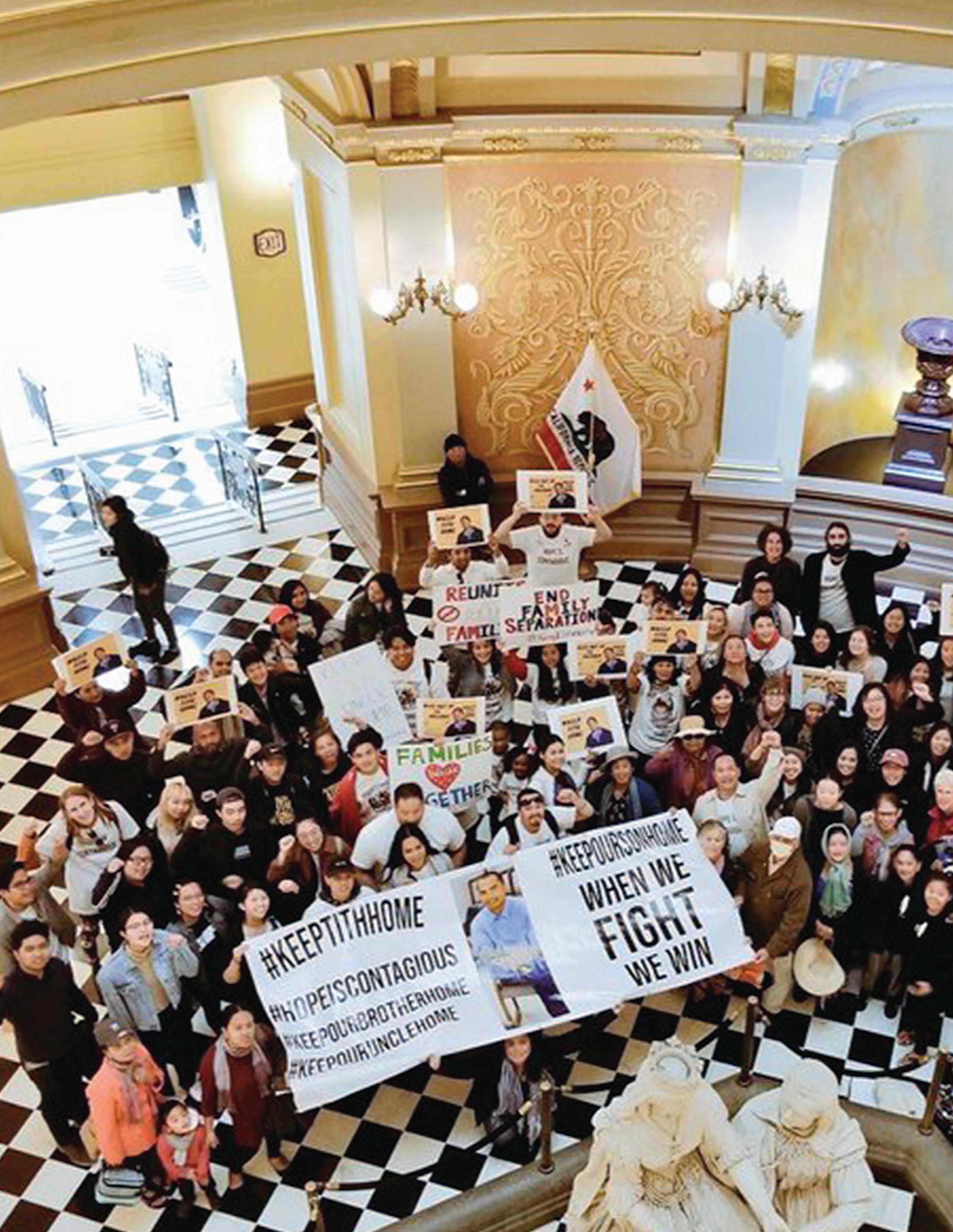
Ton has numerous career opportunities waiting for him in the San Francisco Bay Area. But even sitting restless in Yuba, he offers mentorship and support to the detainees around him.
“Most have never did time before. It’s sad to see the new arrivals,” says Ton. “Their only crime is coming to this country illegally.”
“I’m trying to get the program coordinator to let me facilitate some self-help groups, so at least guys can go to court with something that shows they’re working on self-improvement.”
Ton’s legal immigration struggles are not unique, particularly for prisoners from war-ravaged places like Cambodia, Laos and Vietnam. The shadow of ICE looms heavily for more and more once-documented individuals as parole opportunities grow.
Hieu Nguyen
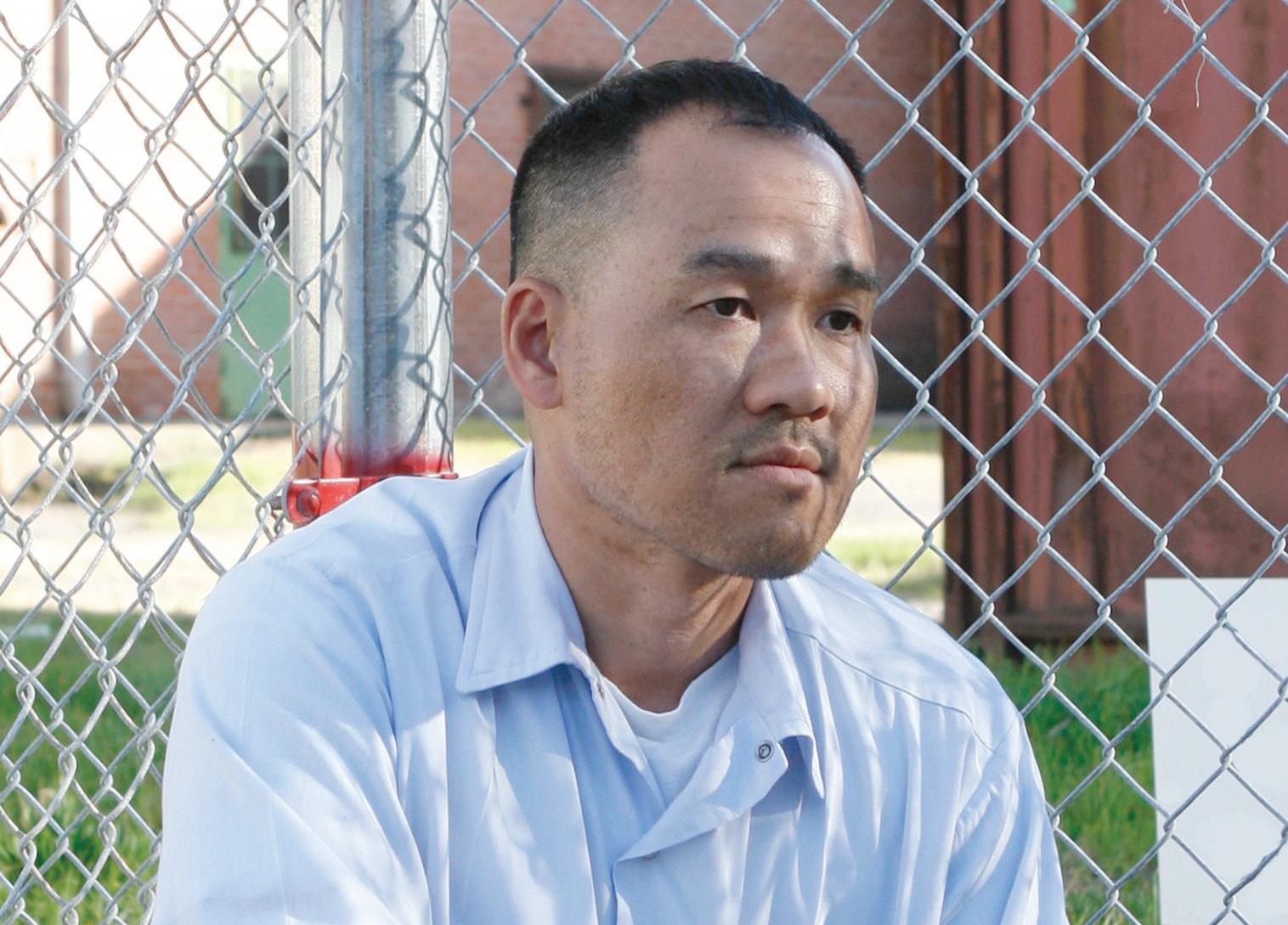
Hieu Nguyen came to the United States from Vietnam when he was 14. Sentenced to life for a murder committed at age 18, Nguyen was found suitable for parole in December after serving over 20 years. He is in the midst of his own 150-day countdown, wondering if he’ll get a notice from the governor—or if ICE will come calling.
“It makes no sense. All my family’s over here,” said Nguyen. “We left Vietnam after the communist government killed my father. He was a colonel in the South Vietnamese army and fought right alongside American soldiers. My mom had to witness his execution after the US troops pulled out.
“Why would I want to go back? Over there, I’m like the enemy.”
Nguyen pointed to his CDCR paperwork, where it clearly states, “International Prisoner Transfer to Viet Nam Completed—Denied.”
Federal immigration courts conduct Convention Against Torture (CAT) hearings, where petitioners must show that grave danger awaits them should they be deported back to their country of origin.
“You have to prove you’ll be tortured or murdered, but how can we prove that?” said Nguyen. “It’s like I have to go there and get tortured or murdered first for them to believe me.”
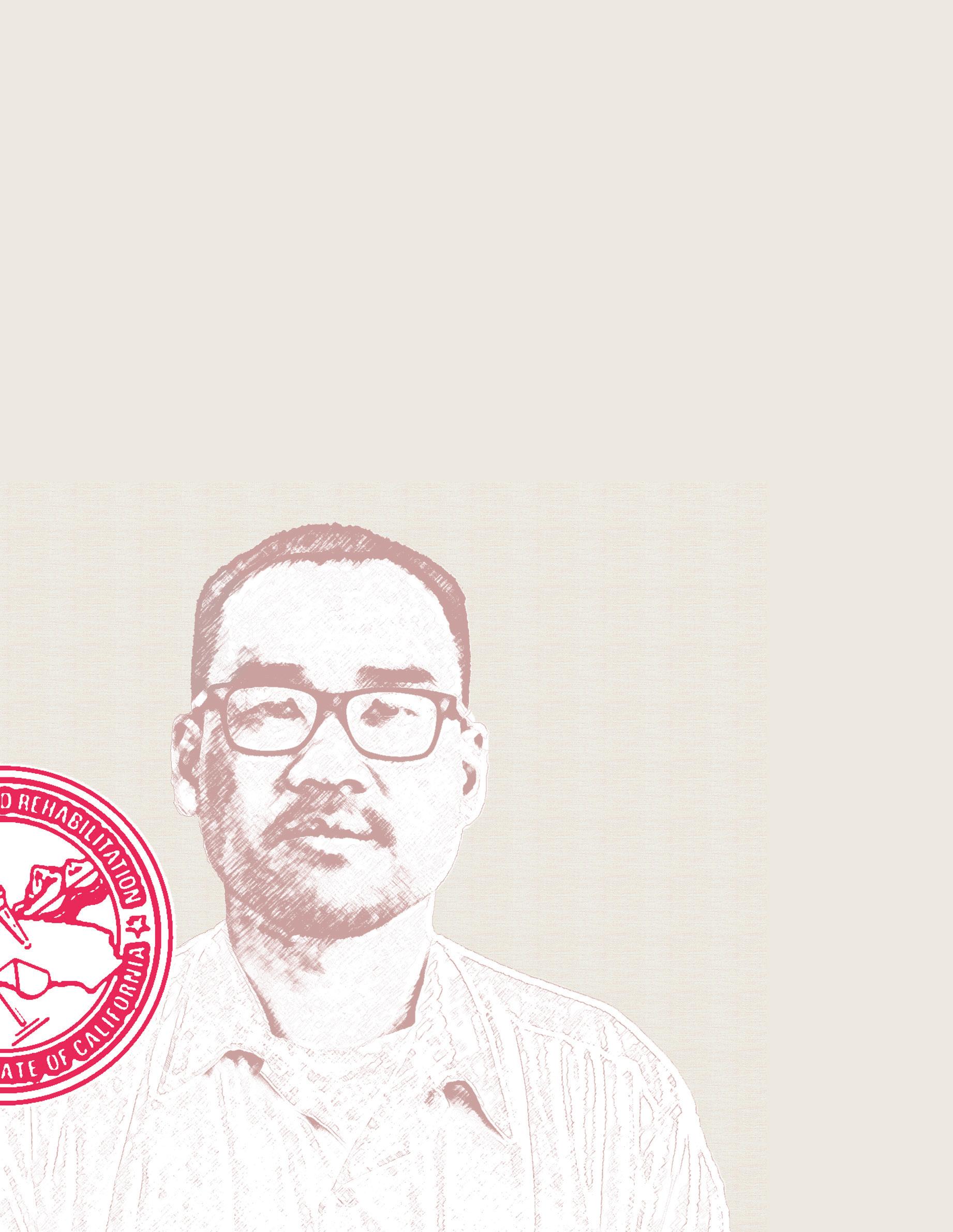
Many criminal justice hard-liners and victims’ rights advocates maintain that if these individuals truly needed asylum, they would not have squandered that protection by committing crimes.
“There should be a distinction between short-term offenders and lifers who went through the parole board process,” says Nguyen. “We’ve proved that we’re no longer a threat.
“Just look at the recidivism rate for lifers—they almost never commit another crime, never break any law. They become good citizens. I deserve a chance to be a good citizen now also.”
Nguyen continues to be a positive voice within San Quentin as his 150 days creep by. He mentors peers as they prepare for the board, and he still participates in all the self-help groups that contributed to his own transformation. His mom waits for him to come home.
Sak Uppasay
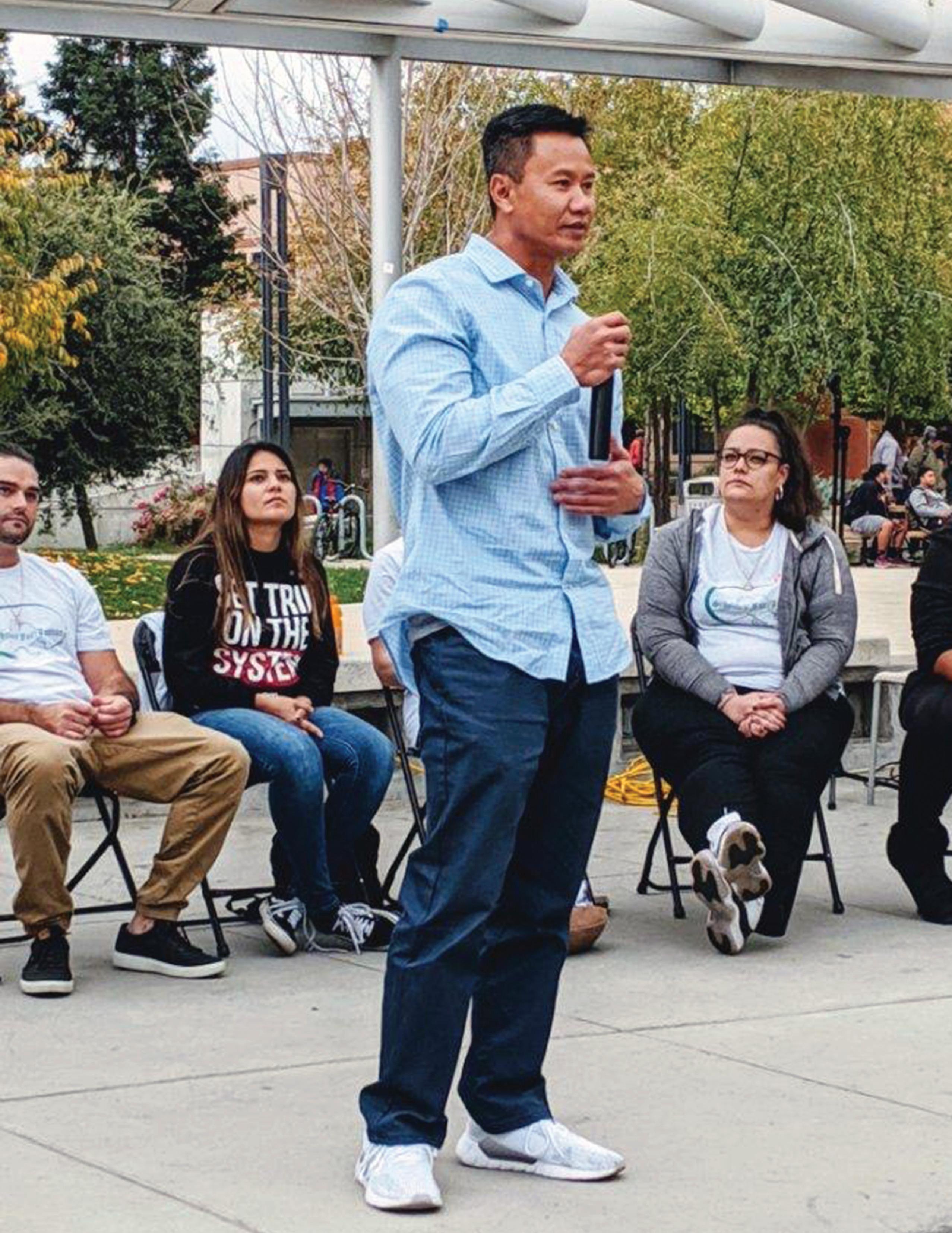
Sak Uppasay, another former prisoner, frequently walked the San Quentin yard with Ton and Nguyen and paroled one year ago after 26 years. At the time, his deportation seemed highly unlikely because Laos does not have any immigration agreements with the US.
ICE still detained Uppasay for four and a half months upon his release from San Quentin, in the same Yuba County lockup that Ton sits in now.
“That was the worst time I’ve done in all my years of prison,” said Uppasay. “I waived all my rights to fight it, since my country doesn’t accept us. But if the international relationship between the US. and Laos changes, they’ll pick me up again and deport me.”
After ICE released him, Uppasay went to live at a transitional home known for its strong reentry support network. He’s among friends and professionals who care about him and know him well through his positive work at San Quentin. His parole officer recently granted him permission to visit his father in Idaho. It’s a trip Uppasay’s dreamed of for years.
“I’m just grateful and thankful for the opportunity to be out again—to be reborn,” he says. “There’s no way I’m going to waste this second chance.”
Uppasay has given guest lectures at several universities and high schools and led discussions on domestic violence, the culture of rape and, of course, immigration reform.
“How else can we break the cycle of violence?” he said. “I’ve seen even the worst offenders go through unbelievable change. We all are capable of healing ourselves. We just have to be willing to accept help and offer it to others.”
And even though he is eager to pursue a career in domestic violence counseling, immigration problems complicate his newfound freedom.
“Right now, I’ve got no green card, and I have to check in with ICE every three months,” Uppasay said.
It’s one more reminder that the work of rehabilitation, and proving oneself, never ends.










